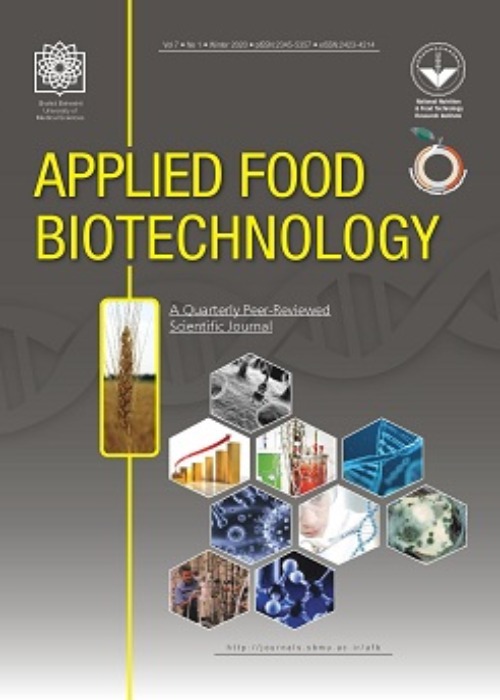Secondary Modeling and Strain Variability of Listeria monocytogenes Isolated from Seafood and Clinical Samples at Various Environmental Conditions Using High-Throughput Turbidity Method
Variability of foodborne pathogens plays important roles in microbial risk assessment. In the present study, kinetic behaviors of seven Listeria monocytogenes and two Listeria innocua strains from various sources were assessed at various pH (4.5, 5.0, 5.5, 6.8 and 7.0) and salinity (0.5, 2.5, 3.5, 5, 7 and 10% NaCl).
Maximum specific growth rates (µmax) were assessed using Bioscreen C (time-to-detection method). Nearly 1500 curves were produced for Listeria monocytogenes and Listeria innocua strains and secondary models were developed for the bacteria as a function of NaCl, pH, temperature and undissociated lactic acid concentrations. Results and
Variability of µmax enhanced as the growth environment became unfavorable. Coefficient of variation of µmax in Listeria monocytogenes strains were 6.5 and 20% at 0.5 and 7.5% NaCl (pH 7.26), respectively. After selecting the most robust strain, models demonstrating relationships between the growth rate and environmental conditions (NaCl, pH and undissociated form of lactic acid) were generated using Origin 2018 Software and polynomial and nonlinear surface fitting. In conclusion, intraspecies variability of the growth kinetic behaviors and developed models based on the worst case (e.g., the most robust Listeria monocytogenes strain) include important uses in food industries.
-
The effects of chitosan and Nano-chitosan coating on fresh hamburger shelf life during storage at 4 °C
Ramin Satarzadeh, Abbasali Motallebi*, , Hamed Ahari
Journal of Applied Microbiology in food industry, -
Chemical Composition and Biological Activities of Rhus coriaria L.: A Systematic Review
Zahra Pilevar, Fatemeh Azizi-Soleiman, Mansoureh Taghizadeh, Nasim Maghboli Balasjin, Vahid Ranaei, *
Journal of Medicinal Plants and By-products, Summer 2024 -
Evaluation of topical cream stability obtained from aqueous extract of Sargassum tenerrimum brown algae
Samira Shahhosseini, Moazameh Kordjazi*, Saman Ahmadnasrollahi, , Atefe Naeimifar, Salim Sharifian
Journal of Dermatology and Cosmetics, -
Using the optimal oil extracted from Sardinella sindensis to produce health moisturizing cream
Farahnaz Lakzaei, Seyed Mehdi Ojagh *, Alireza Alishahi, Hadi Ghafari, Melika Nazemi
Journal of Animal Environment,



